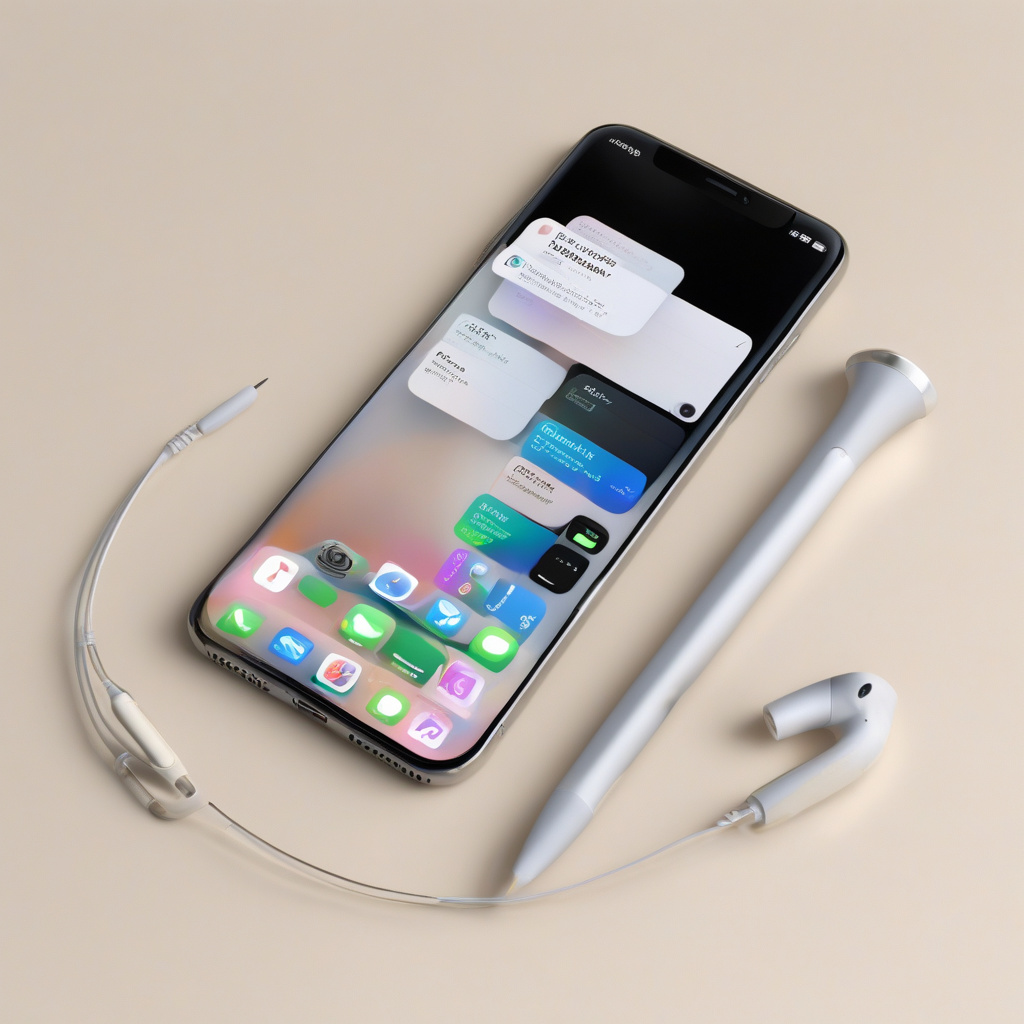Apple’s iOS 26 beta 3 has made waves by dialing back the Liquid Glass interface that was introduced in earlier versions. The initial rollout of this feature in the first developer beta of iOS 26 and subsequent updates across Apple’s suite of devices showcased the company’s commitment to innovation. However, feedback highlighted areas for improvement in terms of usability, accessibility, and legibility.
The decision to scale back the Liquid Glass interface in iOS 26 beta 3 underscores Apple’s dedication to refining user experience based on real-world usage and developer input. By prioritizing usability, Apple demonstrates a customer-centric approach that values functionality over flashy design elements. This shift allows for a more intuitive and streamlined user interface, ultimately enhancing the overall user experience.
For IT and development professionals, this adjustment in iOS 26 beta 3 serves as a valuable lesson in the importance of balancing innovation with practicality. While cutting-edge features can capture attention, ensuring that they enhance rather than hinder usability is paramount. By listening to user feedback and iteratively improving their products, Apple sets a standard for continuous enhancement in the tech industry.
In practical terms, the dialing back of Liquid Glass in iOS 26 beta 3 means a more user-friendly interface that prioritizes clarity and ease of use. This adjustment could lead to increased productivity for users, as navigating the operating system becomes more intuitive and efficient. Developers, in turn, may find it easier to design and optimize apps for the platform, benefiting from a more consistent and accessible framework.
As iOS 26 continues to evolve through its beta stages, the focus on refining features like Liquid Glass highlights Apple’s commitment to delivering a polished and user-centric operating system. By addressing areas that need improvement, Apple showcases a willingness to adapt and grow, setting a precedent for excellence in software development. IT professionals and developers can take inspiration from this approach, striving to create products that prioritize functionality and user experience above all else.
In conclusion, the dialing back of Liquid Glass in iOS 26 beta 3 represents a strategic move by Apple to enhance usability and accessibility within its operating system. This adjustment not only improves the overall user experience but also sets a precedent for iterative development based on user feedback. As Apple continues to refine iOS 26, IT professionals and developers can draw valuable insights from this process, emphasizing the importance of user-centric design and continuous improvement in their own work.

